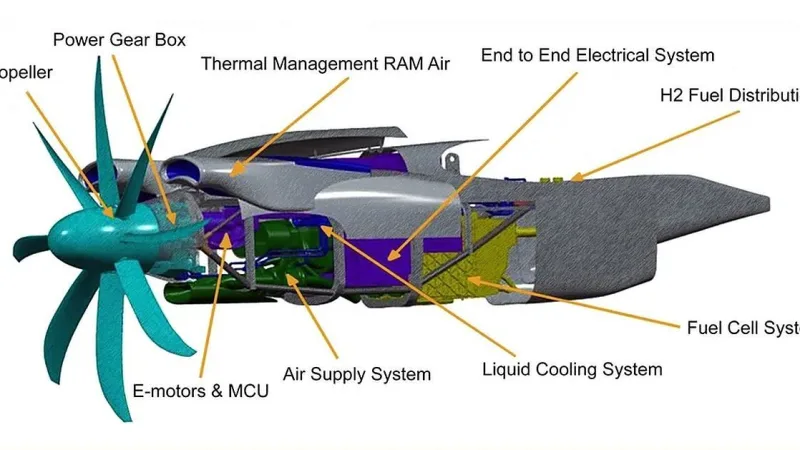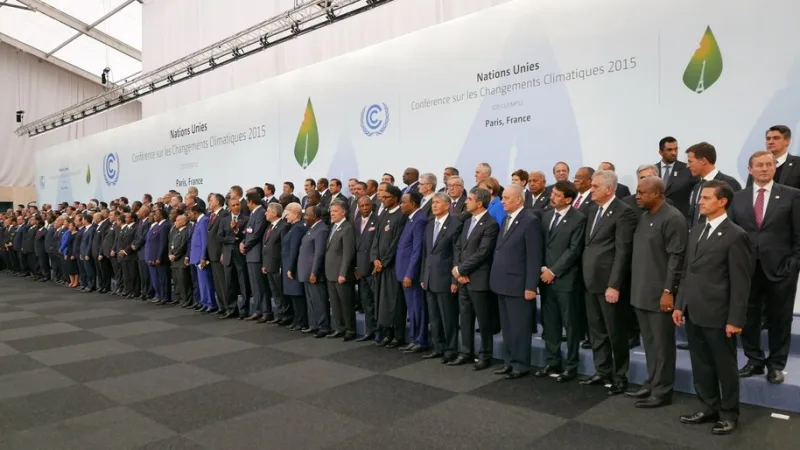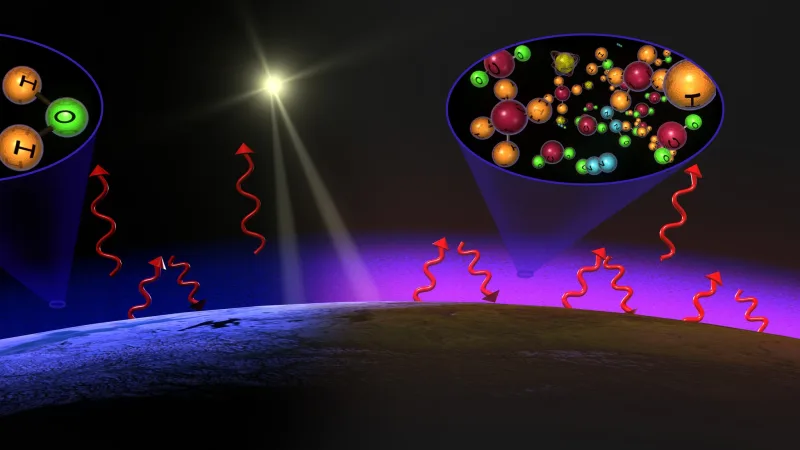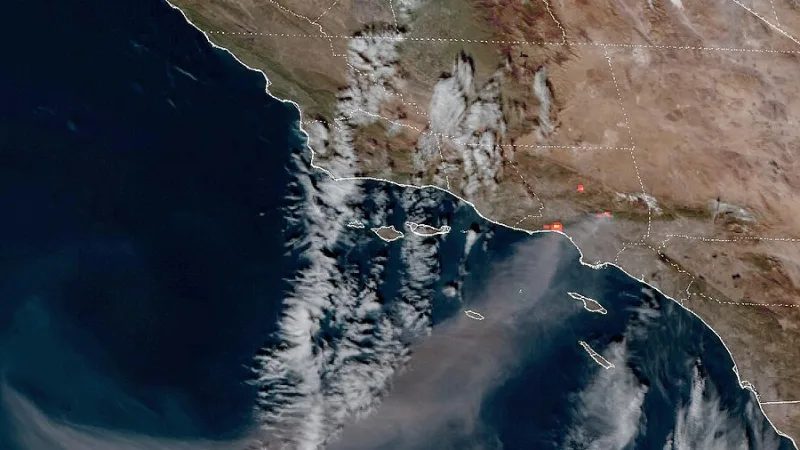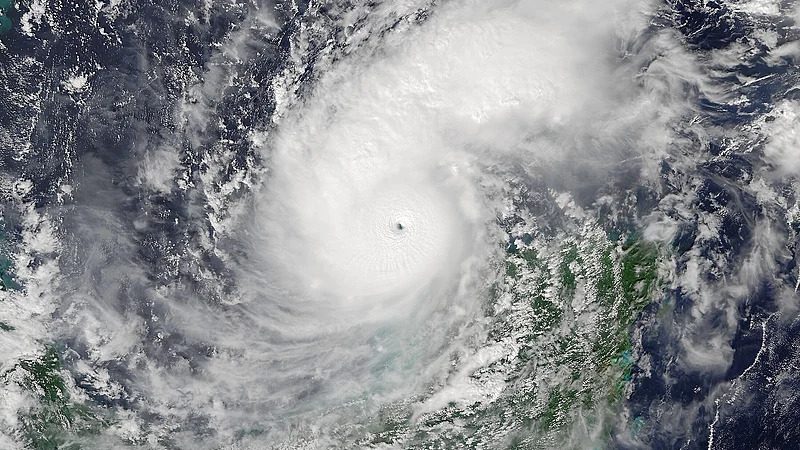The Incontrovertible Truth: Humans Drive Climate Change
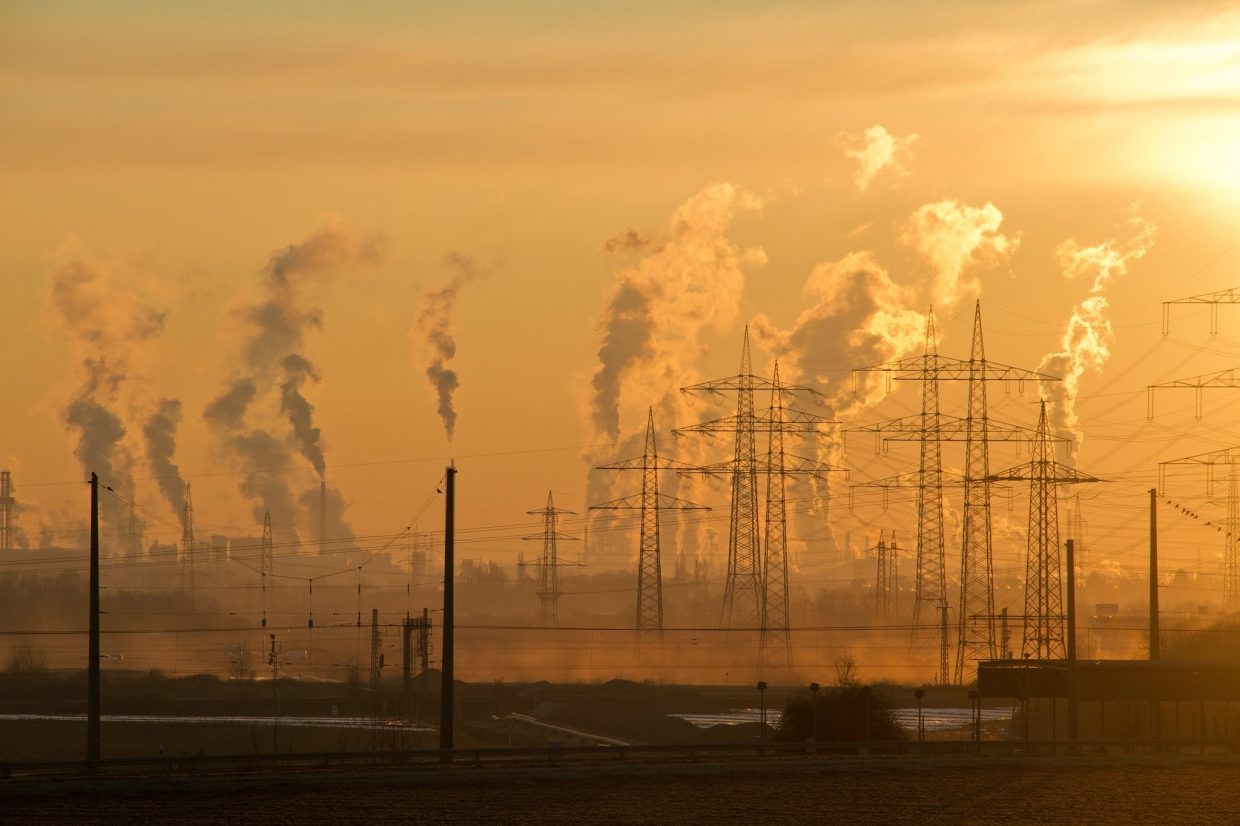
By drawing from the expertise of NASA’s Jet Propulsion Laboratory, managed by Caltech, the Global Climate Change website offers a unique perspective on Earth’s changing climate. One significant finding that deserves attention is the consensus among climate scientists that human-caused climate change is indeed real and ongoing. This overwhelming agreement has been backed by numerous studies published in esteemed scientific journals.
A Rapid Warming Trend Unexplained by Nature
Throughout history, Earth’s climate has experienced natural fluctuations, including seven glacial advance and retreat cycles in the past 650,000 years. The end of the last ice age approximately 11,700 years ago marked the onset of the modern climate era, coinciding with the rise of human civilization. While most of these climate changes were attributed to minor variations in Earth’s orbit, the current warming trend seen in recent decades is too rapid to be explained by such natural factors. Additionally, it is more significant in magnitude than what can be attributed to solar activity. Key evidence supporting this argument can be found in ice cores from Greenland, Antarctica, and mountain glaciers, as well as in tree rings, ocean sediments, coral reefs, and sedimentary rock layers. Collectively known as paleoclimate evidence, this data reveals that the current warming is occurring at a rate approximately ten times faster than the average warming rate during ice-age recoveries. Furthermore, carbon dioxide emissions from human activities are increasing at a rate over 250 times faster than natural sources following the last ice age.
Observable evidence of rapid climate change further strengthens the case for human influence. These observations include global temperature rise, warming oceans, shrinking ice sheets, retreating glaciers, decreased snow cover, rising sea levels, declining arctic sea ice, extreme weather events, and ocean acidification. All these changes serve as clear indicators of the impact of human activities on the environment.
Recommended: The Looming Threat of the 6th Mass Extinction
The Greenhouse Effect: Trapping Earth’s Heat
This warming trend that has been observed since the mid-20th century is attributed to the expansion of the “greenhouse effect.” This phenomenon occurs when certain gases in the atmosphere trap the heat radiating from Earth, preventing it from escaping into space. The heat-trapping nature of greenhouse gases, including carbon dioxide, was initially demonstrated in the mid-19th century.
Fossil Fuels and the Surge in CO2 Levels
The burning of fossil fuels such as coal and oil over the past century has significantly contributed to the concentration of carbon dioxide in our atmosphere. This occurs because the process of burning coal or oil combines carbon with oxygen in the air, resulting in the creation of carbon dioxide. As a result of these emissions, CO2 levels in Earth’s atmosphere have risen from 280 parts per million (ppm) to 414 ppm in the past 150 years. This measurement, represented in ppm, signifies the fraction of air composed of CO2 molecules. For example, one ppm of CO2 means that for every 1 million air molecules, one is CO2.
The Intergovernmental Panel on Climate Change (IPCC), an organization comprising 195 member countries and thousands of scientific experts, released a Synthesis Report in March 2023 confirming the undeniable link between human activities and global warming. The prime drivers of these emissions are energy use, land use, and the production and consumption of goods.

